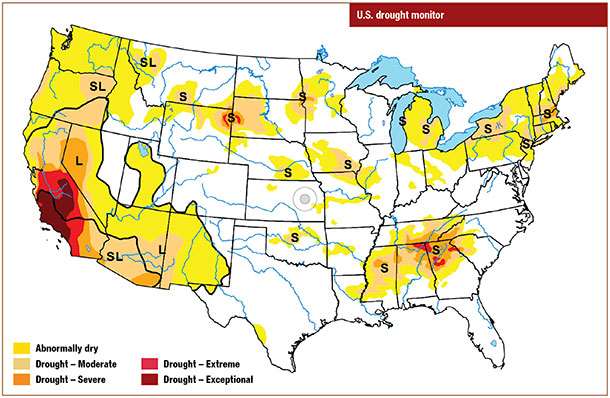Many cattle producers in the Western region of the U.S. are dependent upon federal grazing permits to sustain their livelihoods. The Council for Agricultural Science and Technology has estimated that grazing permit holders account for more than half of the commercial cattle in the 11 Western states.
If you are one of these ranchers, you are familiar with the numerous regulations that come with grazing on public lands. It seems like every year there are more restrictions and unattainable standards and guidelines, making it harder and harder to run a cow on public lands.

On June 15, Western ranchers received some good news. On this day, the House Appropriations Committee approved the fiscal year 2017 Interior and Environment Appropriations bill by a vote of 31-18. The bill addressed a number of priorities for the livestock industry. These included:
- Maintain the one-year delay on any further Endangered Species Act status reviews, determinations or rule-makings for greater sage grouse.
- Require the Bureau of Land Management to provide additional time for public comment before finalizing its proposed land management planning regulation.
- Provide an increase of $12 million above the fiscal year 2016 level for on-the-ground sage grouse conservation to protect the species and to preserve federal lands for public and private uses, such as energy development, ranching, recreation and military training.
- Block the president’s proposed administrative fee on top of the grazing fee (which was already raised by 25 percent earlier this year).
- Provide additional flexibility and management for the overpopulation of wild horses.
- Prohibit funding for the president to designate certain geographical areas as national monuments.
- Fully fund Payment in Lieu of Taxes, which offsets the loss of local tax revenue for public lands.
- Increase funding for wildfire suppression to $3.9 billion.
- Fully defund the EPA’s “waters of the United States” final rule.
The entire bill can be read on the U.S. House of Representatives Committee on Appropriations website (Committee on Appropriations).
While these are just a handful of issues Western ranchers are facing, they are important ones. I know a lot of ranchers who are frustrated with the current grazing management processes. However, the passage of this appropriations bill can give us a little hope.
What is next for the appropriations bill? The Senate is currently working on a companion bill, and proponents are hopeful that the bill will move quickly to a vote on the House floor.
Until then, I hope you have some good summer rain showers to keep your grass green and the springs and ponds full of water.






